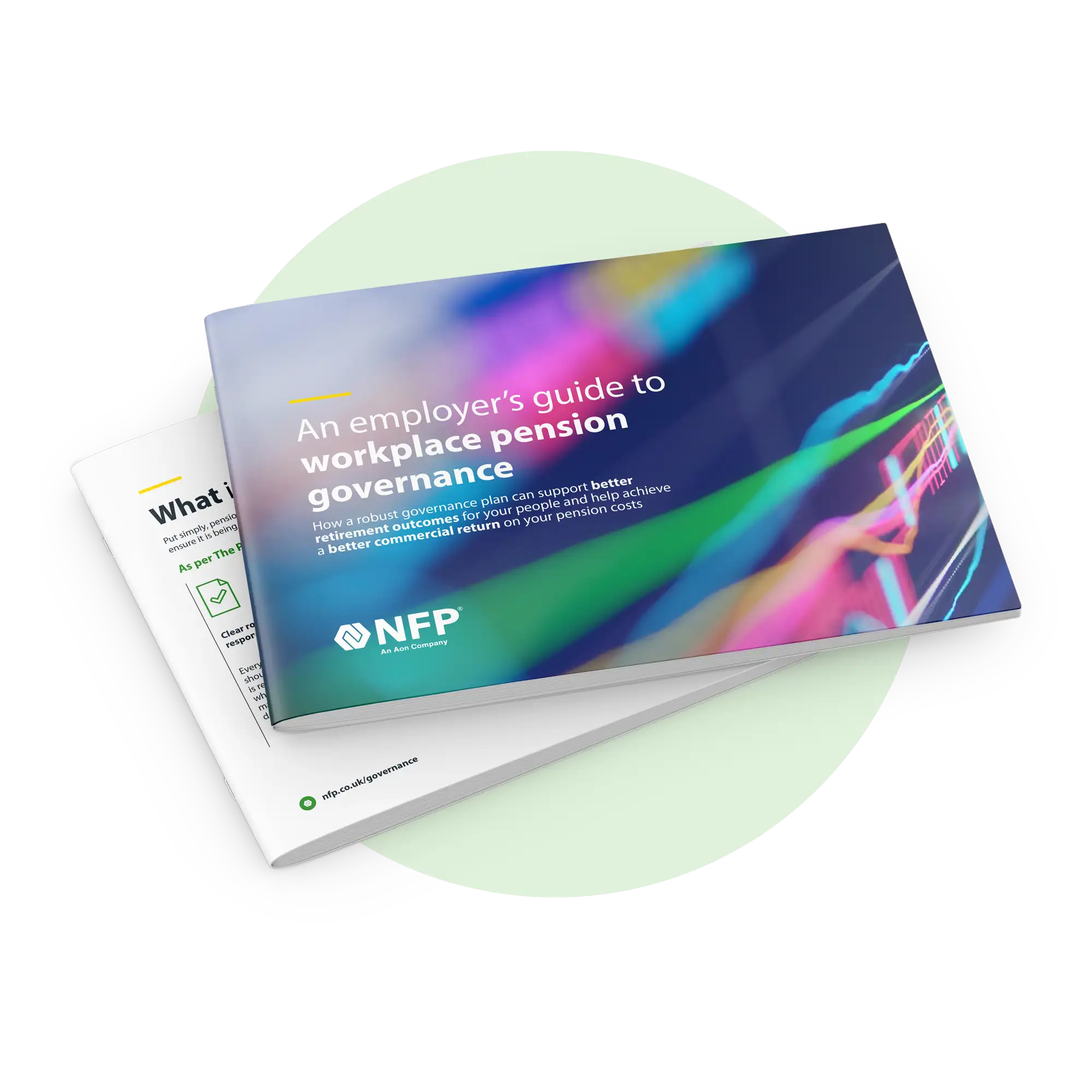The gender pension gap is an issue that has thankfully started to receive much more widespread attention, as industry-specific and mainstream media outlets alike broadcast the facts and figures. The fact of the matter is that there exists a concerning disparity between average male and female pension pots. That being said, while valuable light is being shed on the existence of the gap, the golden question of “what can employers do to help solve this?” is not something that is quite so widely addressed. A symptom of the gender pay gap, the pension gap poses a considerable threat to the long-term financial security and freedoms of the women in your organisation.
What are the primary causes?
At first glance, it may seem fairly straightforward to diagnose why there is a gender pension gap – “If women are earning less on average, then of course their pension pots are going to be smaller”. However, earnings are just one corner of a very large, complex, and far-reaching picture, and understanding each additional element is the key to effectively addressing the issue.
1. Career breaks
It’s no real secret that, when a heterosexual couple has or adopts a child, it is more commonly the mother that takes the necessary leave to care for the latest addition(s) to the family. On the surface, you may think that the pension disruption caused by maternity leave becomes irrelevant once mothers return to work, but the ripple effects of motherhood and the impact it has on the careers of women as a whole can be significant far beyond maternity leave is over.
2. Part-time working
Research has found that almost a quarter of a million mothers of young children (5 years and under) left their jobs because of an inability to balance work and childcare.2 Of the mothers that do go back to work, many opt to do so in a part-time capacity. Over 1 in 3 women (38%) in employment are in part-time roles, compared to around only 1 in 7 employed men (14%).3 Part-time roles typically come with lower salaries, which then corresponds to smaller pension contributions.
3. Early retirement and longer life expectancy
It’s not just mothers that have a tendency to be absent from the workforce. 23% of working women aged between 40 and 60 have considered quitting due to the impact of menopause and menopausal symptoms.4 These symptoms can be both physical and neurological and are often catastrophic for productivity without the right employer support, which 87% of women surveyed suggested they weren’t getting.5
Not only are many women leaving your workforce early, but their longer average life expectancy means their pension pots will likely have to stretch further. Essentially, the women in your organisation may be facing a longer retirement than men and have less money with which to fund it.
4. Divorce
For the roughly 40% of heterosexual marriages that end in divorce6, further issues arise. All divorces should take into account pension wealth, however, only 12% of divorces typically include a pension settlement.7 The usual split is that mothers take care of any children, so property is commonly allocated to help them do so, while the husband/father keeps the pension fund.
This creates a further issue when you take into account the average age of divorce in the UK – around 46 for men and 44 for women. These years can be key in the building of your peoples’ pension pots, so divorce can have significant financial consequences for women employees in their quest for a comfortable retirement.
How to do your bit to reduce the gap
Granted, some of the above problems may not be yours as an employer to solve - it may be slightly unfair for you to be blamed for any marriage issues your people have, for example - but there are key moments where proactive support and education could drastically help reduce the impact of the aforementioned factors on the financial freedom of your female employees:
1. Inclusive support
Rather than just accepting that new mothers are likely to cut down their hours or menopausal symptoms will cause some of your women to leave, think how you as an employer can offer the right support to better accommodate for your people and flatten these curves. These life events are crucial moments to demonstrate your commitment to your employees, and by implementing an inclusive workplace culture and policies, you can help retain vital talent that may otherwise be thinking of leaving.
2. Analytics
Governance and oversight of your pension plan is crucial to uncover any trends, patterns, and areas that need attention. Data analytics are a specifically effective way of identifying demographical differences and can act as an early-warning system for any worrying disparities in how your male and female employees interact with their pension.
3. Education
Once any concerning trends have been identified, it’s then about how you rectify these. Maybe 70% of the women in your organisation don’t interact with their pension and are still on the default minimum contribution structure? Put on an educational session for everyone (including male employees) on the gender pension gap and the importance of increasing contributions – and doing so as early as possible. Perhaps you also want to host a webinar to educate your people on the impact of divorce on their pension pot? Education is key to helping your people understand the importance of interacting with their pension, equipping them with the knowledge to maximise their pension pot, and allowing them to achieve their dream life after work.
Final thoughts
The gender pension gap is a complex issue rooted in career breaks, part-time work, early retirement, and divorce. Employers can play a pivotal role by offering inclusive support, leveraging analytics, and prioritising education. These steps not only help close the gap but also strengthen employee engagement and retention, positioning your organisation as a forward-thinking, inclusive employer.
